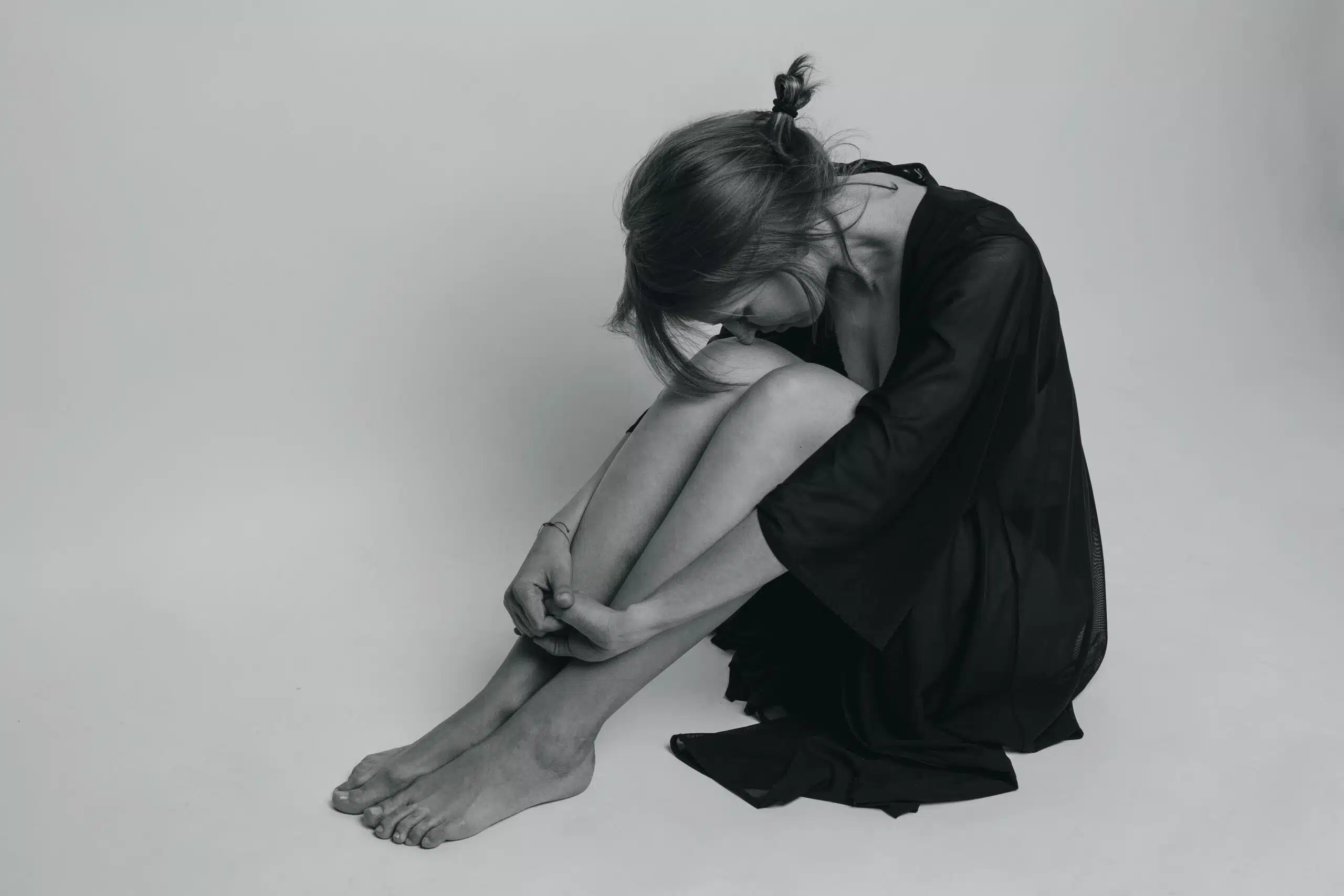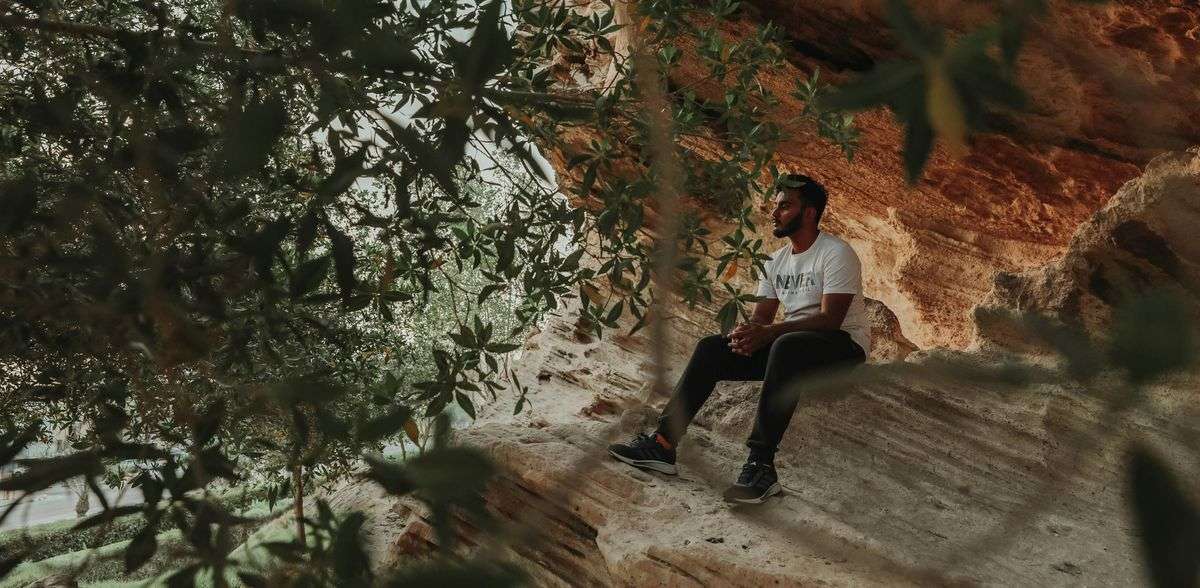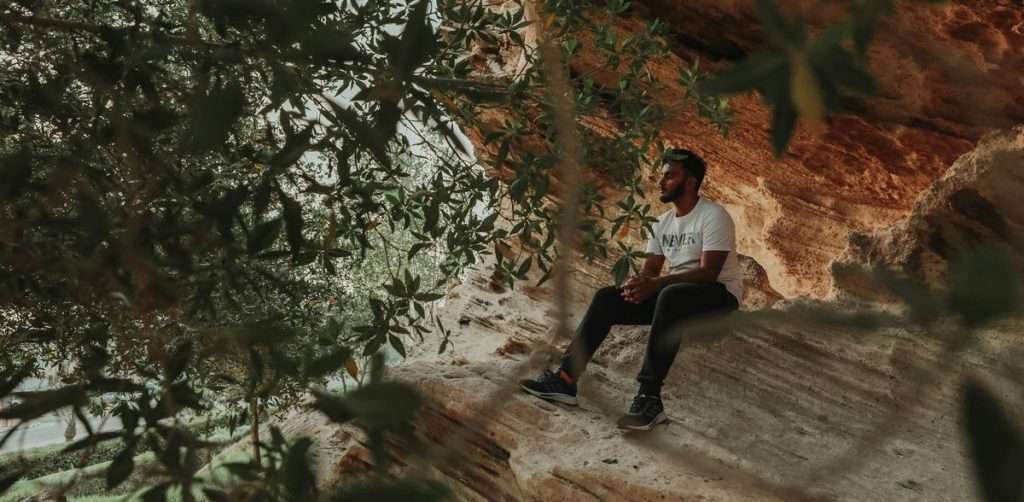Types Of Inner Child – We still have inner children brimming with wonder, astonishment, and purity. We often feel energized, inspired, and enthusiastic when our inner child is happy and we are engaged with him.
What transpires if we are cut off from our inner child because of trauma from the old days? Adults who suppress their inner child experience feelings of disconnection from life, exhaustion, emptiness, and unhappiness.
This article will delve more into the subject of types of the inner child and how these children can impact adults.
Understanding the concept of the inner child

The term “Inner Child” in popular psychiatry alludes to a part of the personality structure that contains childhood and adolescent behaviors, memories, feelings, beliefs, dispositions, and cognitive patterns. It is also known as the “Divine Child,” “Wonder Child,” “Real Self,” or just “The Child Inside.”
Most frequently, the psychiatrist Carl Jung (1875–1961) is credited with coining the phrase “inner child.” One of the numerous archetypes identified by Jung is the divine child.
Jung rejected the notion that we entered this world with a clean canvas and held that everyone carries within them predefined “primordial pictures.” The human unconscious manifests itself through Carl Jung’s archetypes. These possibilities become fulfilled when they come into consciousness and display in the form of actions and interactions with the outer world. Our behavior is subconsciously driven by an ingrained archetype.
According to famous psychology, the inner child archetype is comparable to a subconscious subpersonality made up of lessons and experiences from a person’s earlier stages.
Despite being subordinated to conscious awareness, this inner child character nonetheless has power over it. A negative impact will be felt if the inner child is wounded, injured, or apprehensive.
Jungian psychotherapy’s purpose is to help this inner child heal. Psychologists help their patients recognize the trauma and sorrow of their inner child via a procedure of conscious “re-parenting.” The person is liberated from the need to obey the capricious, subconscious child’s impulses by engaging gently with this inner child to train them in new behavior responses.
7 types of inner child
Inner child archetypes come in seven different varieties. Each possesses excellent and bad qualities that emerge during our lives, from womb to tomb. The child archetype that has resonated with you the most throughout your existence represents your actual inner child, even though everyone has experienced some characteristics of every child archetype at a particular moment.
1. The wounded child

The wounded child type carries recollections of a tragic or harsh background. During a person’s lifetime, they might well have endured a tremendous degree of physical and psychological abuse, frequently through the hands of numerous persons. Once this archetype is harmonized and embraced, it might make us more compassionate toward those subjected to abuse. Their attention shifts to mercy and brightness, assisting other hurting children in overcoming their wounds.
However, in a negative sense, this child archetype can continue to behave abusively against lovers, colleagues, and friends. They get used to playing the victim and attribute their current issues to their chaotic background.
2. The orphaned child
The orphan child archetype, often known as the abandoned child, represents a person with a tendency for independence throughout life. The orphan child, who frequently experiences feelings of loneliness, emotional abandonment, or an actual orphanage, chooses to find out things by themselves by avoiding gatherings and overcoming their phobias entirely on their own.
This child archetype might be seen negatively as someone who pushes others off to their own harm, isolates themselves, and refuses to let dear ones close. To compensate for the emotional emptiness, they could try to pay by persistently looking for a second family.
3. The magical child
The Magical Child understands that nothing is impossible. Highly talented and imaginative people The magical child archetype can see the sublime or divine in everything in addition to the energy network that connects everything. The magical child is frequently extraordinarily intelligent and brave, able to make changes in the world in a manner that appears to challenge usually.
Frequently, the darkness is a Damaged Magical Child whose intrinsic confidence in the possibility of all things was scorned or mocked as fanciful visions, foolishness, or make-believe. So when adult Magical Child stops believing that their lifelong goals and aspirations can ever come true, depression may set in as their trust in wonders fade.
4. The nature child

The archetype of the natural child has traditionally had a strong bond with the surrounding flora, animals, and surroundings. They may be able to speak with nature and are happiest when accompanied by other fluffy creatures. This archetype has a great affinity for wild spirit animals and frequently thinks about them.
The nature child’s dark side violently harms those close to them. They might start treating individuals, plants, and animals poorly. Despite their close relationship, the dark animal child treats nature more as a punishment than a source of happiness.
5. The eternal child
The Eternal Child enjoys being in their childhood and keeps their enthusiasm and sense of wonder as they age. They exude a sense of purity and carefreeness. They frequently appreciate simple delights, enjoy personal time, the ability to “relax,” and a break from the rigors of daily life. The darkness fights against maturing and accepting adult responsibilities. This archetype might defy social norms and lead a life away from the rules of the real world. The Eternal Child dark could be overly reliant and unwilling to accept or carry out duties. The Eternal Child may stall or become unanchored if they are trapped at an earlier stage of their lives. They wander, no longer children, unable to mature and perform well in the grown-up world they despise and avoid.
6. The needy child
The needy child is an archetype similar to the wounded and orphaned child. The Needy Child was neglected as a youngster. Even though it’s not always evident what was or was not concealed, many spend their lives searching for it. As a result, The Needy Child never feels completely content; nothing ever completely allays their inner emptiness or pain. Anxiety, low self-esteem, or thoughts of inferiority are frequent manifestations of the darkness of a needy child. The Needy Child darkness is self-absorbed, totally focused on their own unmet needs, and blind to other people’s requirements. Healthy connections are challenging to build because of the Needy Child.
7. The divine child

The divine child archetype is linked to nearly divine attributes in their pureness and innocence. Moreover, they believe in atonement and frequently have solid spiritual ties. This child character can come off as mysterious and fantastical. Few people adopt this archetype for them because they don’t think they possess these skills, but you might have a sleeping divine child yearning for the perfect balance to help you realize your full potential.
Its dark qualities could seem more recognizable. This archetype frequently feels powerless to defend themselves because of the toxic energies surrounding them. When confronted with wrongdoing, they may become easily angered and incapable of managing their emotions, losing self-control and frightening themselves.
What leads to a hurt inner child?
Numerous circumstances might lead to a wounded inner child. Imagine yourself in your younger years. Some injuries were minor, such as the loss of the desired toy. Some may be the outcome of physical or emotional violence.
There are too many situations that your younger self may have absorbed to mention them all. But if you did experience childhood trauma, it’s likely that it still affects your life today. These warning indicators point to an inner child that has to be consoled:
Signs of a wounded inner child
- Frustration or annoyance
- Strong responses to unfulfilled needs
- Childish tantrums, such as yelling or speaking things out of context
- Expressing frustration at not being understood or feeling heard
- Having trouble expressing yourself or your issues (alexithymia)
- A low sense of self-esteem
- A very negative inner voice
- Childishness
- Self-destructive tendencies
- Concerns about commitment or fear of being abandoned
- Difficulties communicating your demands or creating limits
Keep this in mind when you’re listening to your inner child:
- Embrace, validate, and value every challenging emotion that arises.
- Believe in yourself and let the inner child’s wisdom lead the grown-up.
- Continue to listen to your inner critic and speak or do whatever is necessary for the connection (if prompted to hum a lullaby, then do so).
- It could take some time for the inner child to fully trust you, so keep playing with her daily or regularly.
Also Read: Ways To Get Out Of Denial
The takeaway?
Each archetype can be related at some point in time, but one will be present to you constantly during your life. Your actual childhood archetype will be this type. You’ll start to harmonize your child archetype and rediscover its fun optimism as you learn to identify its positives and negatives and observe how it shows itself in your life.










![2024 Awareness Wordbook by Vivien Roggero [Self-discovery tools]](http://vivienroggero.com/wp-content/uploads/2023/04/Book-Awarness-Full-pack.png)